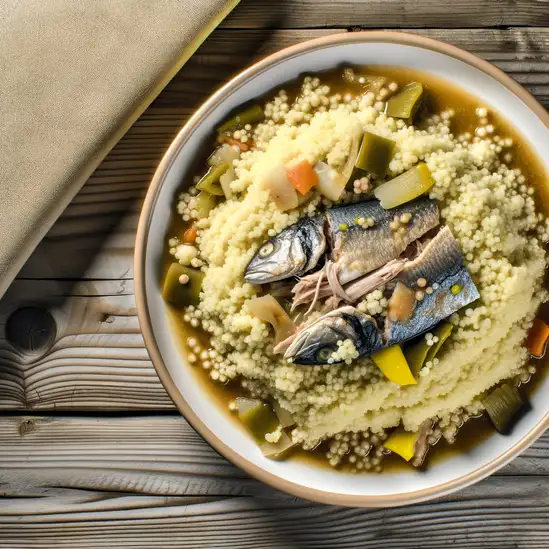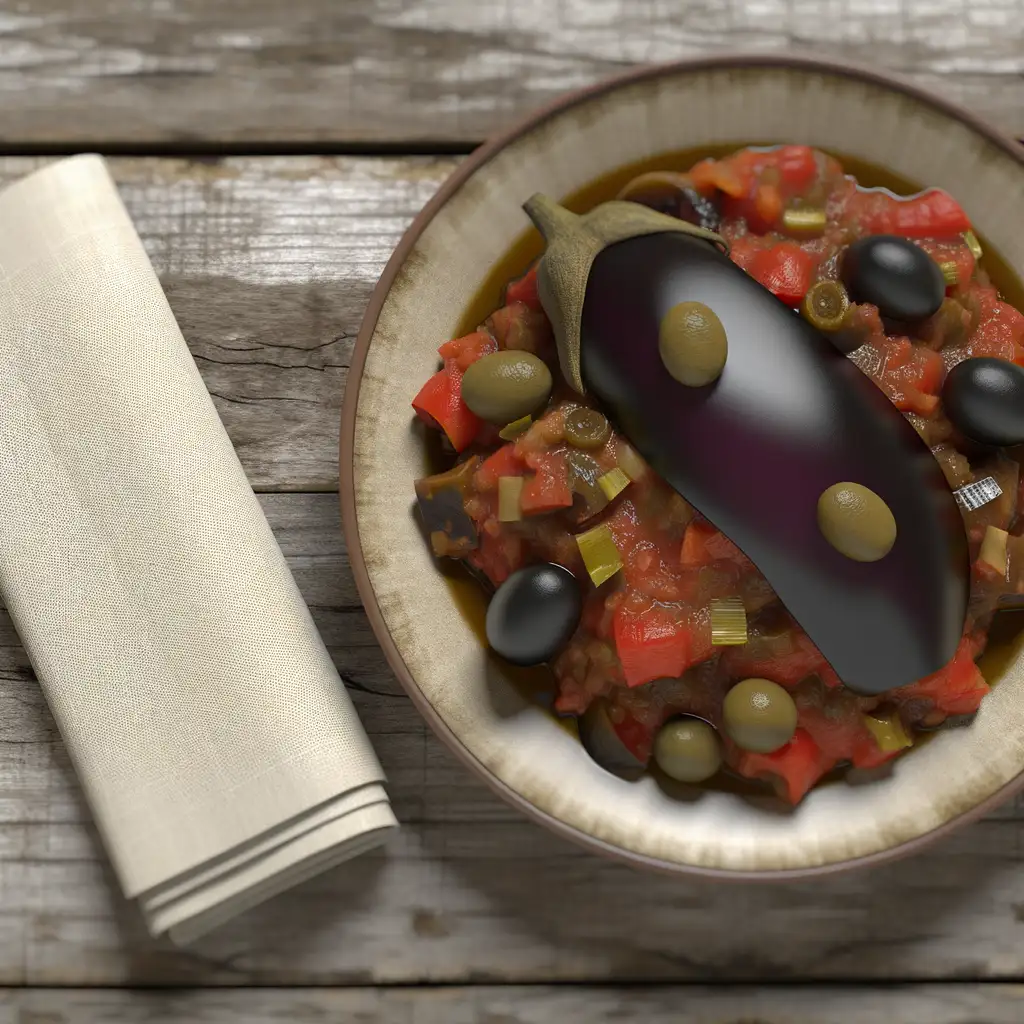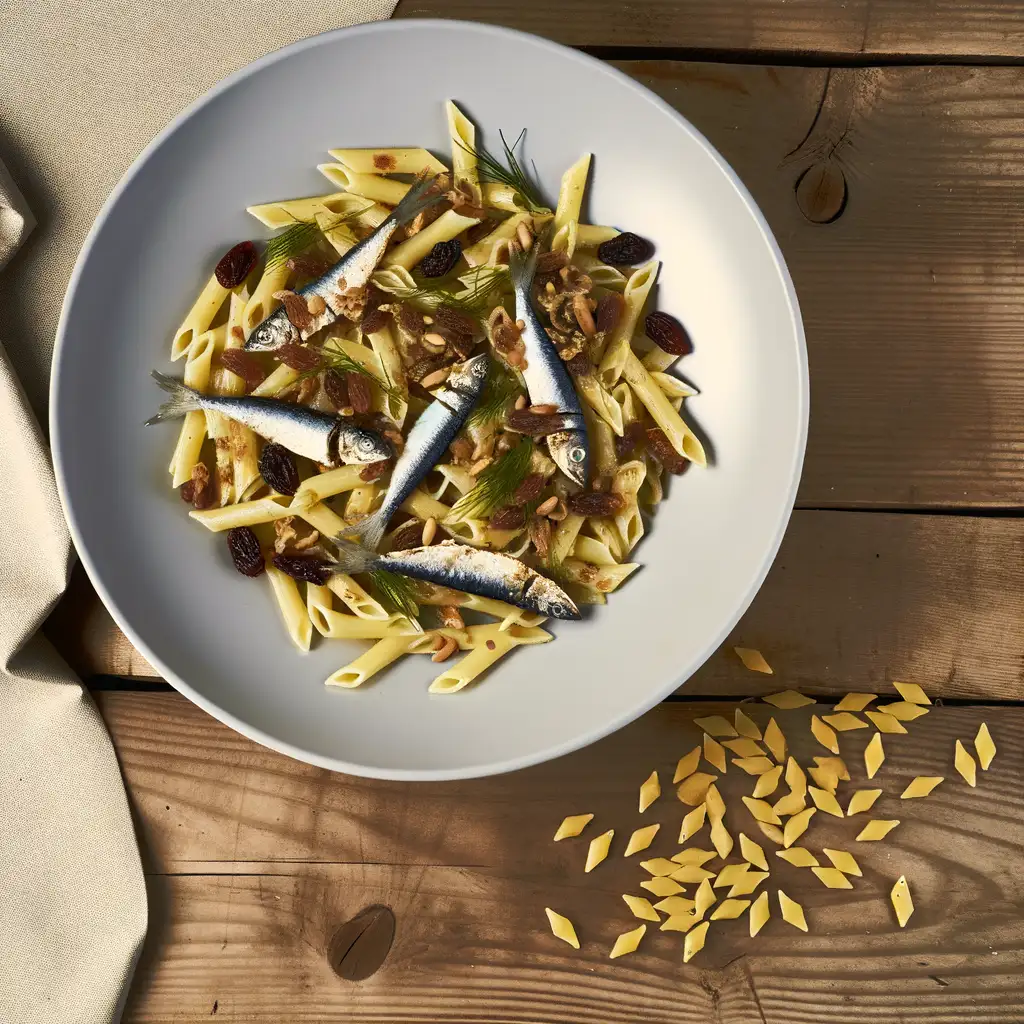



Imagine stepping onto Favignana,this sun-kissed island off Sicily’s coast,where the air carries a salty breeze mixed with the faint aroma of fresh citrus and blooming bougainvillea. The vibe here is effortlessly laid-back but alive with a quiet energy—locals chatting animatedly in the piazza,fishermen hauling in their daily catch,and the gentle lapping of turquoise waves against limestone cliffs. It’s the kind of place where time slows down just enough for you to savor every moment. Walking through the narrow streets,you’ll notice the pastel-colored houses with their peeling paint and shuttered windows,each corner revealing a new story. The island’s character is deeply tied to the sea and its history of tuna fishing,which you can still feel in the salty tang of the air and the rustic charm of the old tuna factories turned into museums or art spaces. When you sit down at a seaside trattoria,the taste of freshly grilled swordfish or a plate of spaghetti with bottarga (cured fish roe) will instantly connect you to the island’s soul. What really makes Favignana unforgettable is its natural beauty—crystal-clear coves framed by jagged rocks,where you can swim in water so transparent it feels like floating in air. As the sun dips low,painting the sky in shades of pink and gold,the island’s warmth wraps around you like a soft blanket. It’s a place that invites you to slow down,breathe deeply,and fall in love with the simple,beautiful rhythm of island life.
The information on this page is currently being reviewed by Tripkliq and should be used as a guide only
Eng word: Hello
Eng pronunciation: chow
Local language: Ciao
Eng word: Goodbye
Eng pronunciation: ah-ree-veh-DEHR-chee
Local language: Arrivederci
Eng word: Thank you
Eng pronunciation: GRAH-tsee-eh
Local language: Grazie
Eng word: How much
Eng pronunciation: KWAN-toh KOH-stah
Local language: Quanto costa
Eng word: Toilet
Eng pronunciation: BAHN-yo
Local language: Bagno
Eng word: Help me
Eng pronunciation: ah-YOO-tah-mee
Local language: Aiutami
Eng word: Yes
Eng pronunciation: see
Local language: Sì
Eng word: No
Eng pronunciation: noh
Local language: No
Eng word: Excuse me
Eng pronunciation: SKOO-zee
Local language: Scusi
Favignana gets its name from the Latin 'Favonius,' the west wind that helped the Roman fleets during their voyages, signifying the island's importance in maritime history.
Favignana is historically renowned for its tuna fisheries and the traditional 'mattanza' technique, a ritual that dates back to the Arab domination of Sicily and was an integral part of the island's culture and economy for centuries.
The Florio Factory is a landmark in Favignana, once the largest tuna processing factory in Europe, built by the Florio family in the 19th century. It's now transformed into a museum, preserving the island's tuna fishing heritage.
Near Favignana, the Battle of the Egadi Islands took place in 241 BC, marking the decisive naval conflict that ended the First Punic War between Rome and Carthage, shaping the course of Mediterranean history.
The Grotta del Genovese is famous for its Neolithic and Paleolithic cave paintings and engravings, offering a fascinating glimpse into the prehistoric settlements on the island.
The Saracenic fortifications on the island, including the imposing Forte Santa Caterina, reflect Favignana's strategic importance through the centuries, used by various powers from the Saracens to the Bourbon kings.
Favignana is known for its distinct calcarenite rock, or 'tufo,' which has been quarried since Roman times. This characteristic stone has been used in local architecture, giving the island its unique aesthetic.
Palazzo Florio, built in the late 19th century, is an emblem of the Florio family's influence on Favignana. This elegant building symbolizes the economic and cultural flourishing of the island under their guidance.
The traditional architecture of Favignana features charming examples of 'dammuso' structures, with thick stone walls and domed roofs adapted to the island's climate, reflecting the ingenuity of its inhabitants.
In Favignana, the most common Power Adaptor is Type C, Type F, Type L.







A traditional Sicilian dish made with couscous and a variety of fresh fish, often served with a rich tomato sauce and vegetables.

A sweet and sour eggplant dish made with tomatoes, celery, olives, and capers, served as a side or appetizer.

A classic Sicilian pasta dish made with sardines, fennel, pine nuts, and raisins, reflecting the island's rich culinary traditions.

Chickpea fritters that are crispy on the outside and soft on the inside, often served as a snack or appetizer.

Grilled mackerel, a popular seafood choice in Favignana, often seasoned with olive oil, lemon, and herbs.

A local pasta dish featuring busiate (a twisted pasta) served with a vibrant pesto made from basil, almonds, tomatoes, and garlic.

A dish made from the local bluefin tuna, often prepared as a tartare or in a salad, showcasing the island's fishing heritage.
Palermo feels like stepping into a vibrant mosaic where every corner hums with life and history. The city’s energy is a mix of old-world charm and raw,bustling street scenes—imagine narrow alleys lined with colorful market stalls,the air thick with the scent of fresh citrus,roasting coffee,and salty sea breeze. As you wander,you’ll hear the lively chatter of locals bargaining over fresh fish and the distant melody of street musicians playing traditional Sicilian tunes. It’s a place where the past and present dance together effortlessly.
What really grabs you about Palermo is its character—gritty yet warm,chaotic yet inviting. The architecture tells stories of centuries,from the intricate Arab-Norman palaces to the baroque churches that seem to glow in the golden afternoon light. But it’s not just about sights; it’s the feeling of sitting at a tiny trattoria,savoring arancini that crackle with every bite or a plate of pasta alla Norma bursting with fresh tomatoes and ricotta salata,while the world buzzes around you.
Palermo’s soul is in its people and their love for life,food,and tradition. Whether you’re exploring the vibrant markets like Ballarò or soaking in the sunset over the Mediterranean from the ancient fortress walls,you’ll find a city that invites you to slow down,breathe deeply,and savor every moment. It’s messy,passionate,and utterly unforgettable.
If you wander into Catania,you’ll immediately feel the city’s pulse—vibrant,a little wild,and utterly alive. Nestled at the foot of Mount Etna,this Sicilian city wears its history on its sleeve,with baroque buildings dusted in volcanic stone that seem to hum stories of centuries past. The streets buzz with the chatter of locals,the clatter of espresso cups,and the occasional call of street vendors selling fresh catch or fragrant citrus. There’s a raw energy here,a mix of old-world charm and everyday grit that makes you want to slow down and soak it all in.
Walking through the fish market,your senses come alive:the salty tang of the sea mingles with the sharp scent of lemon and the earthy aroma of fresh herbs. You’ll hear the lively bargaining,the laughter,and the rhythmic chopping of knives. Grab a granita—icy,sweet,and refreshing—and sit by the Piazza del Duomo,watching the world go by beneath the watchful gaze of the elephant fountain,a quirky symbol of the city’s resilience.
Catania’s character is a blend of fiery passion and warm hospitality. The people here are proud,fiercely connected to their roots,and eager to share their culture through food,music,and stories. Whether you’re savoring a plate of pasta alla Norma or wandering through narrow alleys lined with vibrant street art,you’ll find a city that invites you to experience Sicily in its most authentic,unpolished form.
Naples feels like stepping into a living,breathing storybook where every street corner hums with life and history. The city’s energy is raw and unfiltered—imagine narrow alleys bursting with the aroma of fresh espresso and wood-fired pizza,while the chatter of locals spills out from bustling cafés. It’s a place where the past and present collide beautifully:ancient ruins nestle beside vibrant markets,and baroque churches stand tall amid colorful,graffiti-splashed walls. Walking through Naples,you can almost taste the city’s soul in the salty sea breeze mingling with the scent of basil and ripe tomatoes.
What really grabs you is Naples’ character—bold,unapologetic,and fiercely proud. The people here have a warmth that’s instantly welcoming,whether they’re sharing stories over a slice of the world’s best Margherita pizza or guiding you to a tucked-away viewpoint overlooking the shimmering Bay of Naples. The city’s soundtrack is a lively mix of street musicians,church bells,and the occasional honk of scooters weaving through traffic,creating a rhythm that’s uniquely Neapolitan.
And then there’s the food—oh,the food! It’s not just a meal; it’s a celebration. From the first bite of a perfectly blistered pizza to the sweet,creamy delight of sfogliatella,every flavor tells a story. Naples invites you to slow down,savor the moment,and dive headfirst into its vibrant culture. Trust me,once you’ve wandered its streets and tasted its flavors,Naples stays with you long after you leave.
Imagine stepping into a place where the sun kisses ancient stone walls and the salty breeze carries whispers of the Mediterranean—welcome to Cagliari. This Sardinian city pulses with a laid-back charm that feels both timeless and alive. Wander through its narrow,winding streets in the Castello district,where pastel-colored buildings lean into each other,and the scent of fresh bread mingles with the distant hum of the sea. Here,history isn’t just in museums; it’s etched into every corner,from Roman ruins to Byzantine towers,all framed by vibrant bougainvillea spilling over balconies.
As you stroll along Poetto Beach,the soft sand warms your feet while the rhythmic crash of waves invites you to pause and breathe. Cafés spill onto piazzas,where locals sip espresso and chat animatedly,their voices blending with the clinking of glasses filled with crisp Vermentino wine. The markets buzz with life—fresh fish glistens under the sun,ripe tomatoes and fragrant basil tempt your senses,and the aroma of roasted chestnuts lingers in the air.
Cagliari’s soul is a mix of old-world grace and Mediterranean zest. It’s a place where you can lose yourself in art-filled churches,then find yourself again in a lively trattoria,savoring fregola pasta with clams,each bite a celebration of Sardinia’s rich flavors. Visiting here feels like stepping into a warm embrace—inviting,vibrant,and utterly unforgettable.
If you ever find yourself wandering through Sicily,Taormina is one of those places that instantly wraps you in a warm,timeless embrace. Imagine strolling along narrow cobblestone streets lined with vibrant bougainvillea,the salty breeze from the Ionian Sea mingling with the scent of fresh espresso and blooming jasmine. The town perches dramatically on a hill,offering jaw-dropping views of the sparkling Mediterranean below and the majestic silhouette of Mount Etna in the distance. It’s a place where history and everyday life blend effortlessly—ancient Greek theaters sit just steps away from lively piazzas filled with locals chatting over glasses of rich Nero d’Avola wine.
What really struck me about Taormina was its rhythm. Mornings start slow,with the gentle clinking of cups and the soft murmur of shopkeepers setting up. By afternoon,the streets buzz with the laughter of children and the hum of scooters weaving through the maze of alleys. As the sun dips,the town transforms; terraces glow with candlelight,and the aroma of grilled seafood and fresh herbs drifts from trattorias. Sitting down to a plate of pasta alla Norma,with its smoky eggplant and tangy ricotta salata,feels like tasting the very soul of Sicily.
Taormina isn’t just a place to see—it’s a place to feel. It invites you to slow down,savor every moment,and soak in a culture that’s as rich and layered as the volcanic soil beneath your feet. Trust me,once you’ve experienced its charm,you’ll carry a piece of Taormina with you long after you leave.
Imagine stepping into a place where every corner whispers stories of centuries past,yet pulses with a lively,modern heartbeat—that’s Valletta. The moment you wander through its narrow limestone streets,you’re wrapped in a warm embrace of history and life. The golden sunlight bounces off the honey-colored buildings,casting a glow that feels almost magical. You’ll hear the soft chatter of locals mingling in cozy cafés,the distant clink of glasses from bustling wine bars,and the gentle lapping of the Mediterranean against the harbor walls. It’s a city that invites you to slow down and savor the moment.
Valletta’s charm lies in its blend of grand and intimate. You can explore majestic Baroque churches and fortresses that stand proudly against the sky,then duck into a tiny bakery to inhale the sweet scent of freshly baked pastizzi. The air carries hints of sea salt mixed with the aroma of rich espresso and blooming bougainvillea. At sunset,the city transforms as the warm light softens the stone,and the streets fill with the hum of evening life—friends sharing plates of local cheese,olives,and sun-ripened tomatoes,paired with robust Maltese wine.
What makes Valletta truly special is its spirit—a resilient,welcoming energy shaped by its history as a crossroads of cultures. It’s a place where art,music,and tradition mingle effortlessly,inviting you to not just visit,but to feel connected. Trust me,once you’ve strolled its streets and tasted its flavors,Valletta stays with you long after you leave.
Skimming devices may be installed on ATMs in tourist-heavy areas to steal card information from unsuspecting visitors.
Vendors at popular beaches may overcharge tourists for renting umbrellas and chairs, especially during peak season.
Scammers may sell fake ferry tickets to tourists, leaving them stranded or forcing them to buy new tickets.
Scammers may create fake online listings for vacation rentals, taking deposits for properties that don’t exist.
Unlicensed individuals may pose as tour guides, offering subpar or inaccurate tours while charging high fees.
Some rental shops may charge tourists significantly higher prices for scooters or bikes, or add hidden fees for insurance or damages.
Some restaurants may inflate bills for tourists by adding items not ordered or charging excessive service fees.
The possession, use, and trafficking of illegal drugs are strictly prohibited in Favignana and throughout Italy. Penalties for drug-related offenses can be severe, including fines and imprisonment. Even small amounts of illegal substances can lead to legal trouble. Tourists should be aware that Italy has a zero-tolerance policy towards illegal drugs.
In Favignana, as in the rest of Italy, smoking is prohibited in enclosed public spaces such as restaurants, bars, and public transportation. There are designated smoking areas in some public places, but it is always best to look for signs or ask locals. Smoking is also banned in certain outdoor areas like parks and beaches, especially during the summer months to prevent wildfires.
Vaping is subject to similar regulations as smoking in Favignana. It is prohibited in enclosed public spaces and public transportation. Some establishments may have their own policies regarding vaping, so it is advisable to ask before using e-cigarettes indoors. Vaping in outdoor public spaces is generally allowed unless otherwise indicated.
What are other people saying about Favignana?
Recent Social posts about Favignana
There is nothing to show you for now.